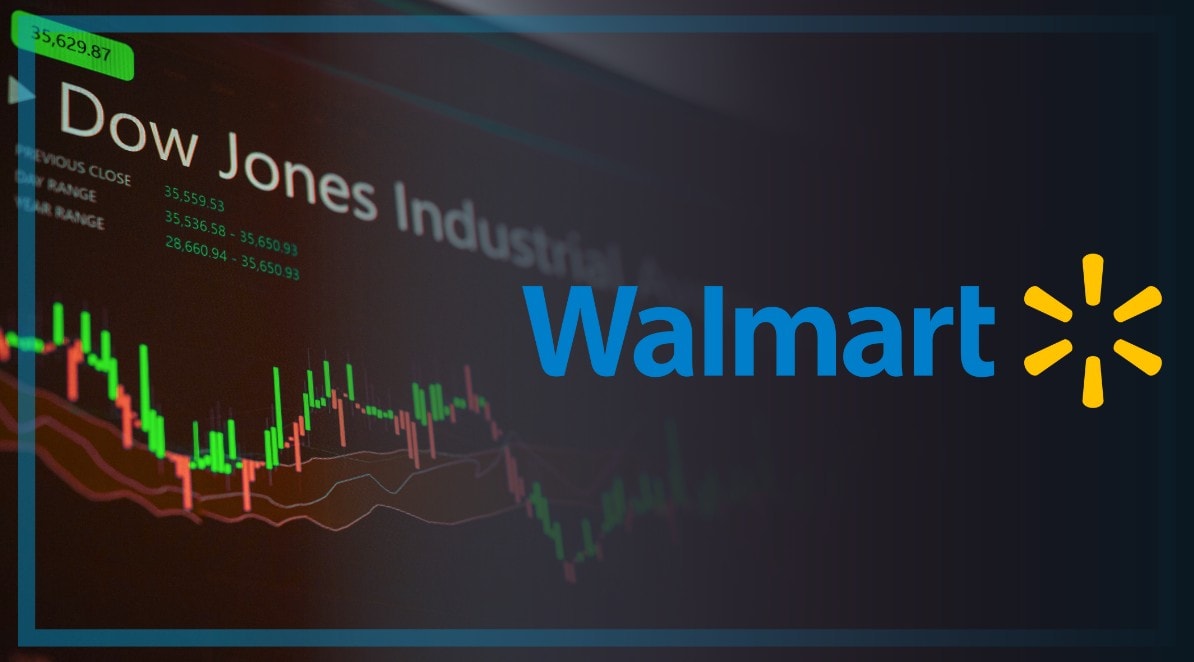By Gideon Gitonga, Project Manager, Nomachain
For generations, real estate has symbolised stability, opportunity, and long-term prosperity – but it has also been one of the most inaccessible asset classes. High entry costs and rigid financing structures have meant that property ownership and real estate investment remained largely the domain of high-net-worth individuals and institutions. In my home country of Kenya, for example, barely 20% of people in urban areas are able to secure their own property. Similar trends are replicated in other African countries and indeed across the world.
Reshaping Real Estate
Today, however, we stand at a technological and financial turning point. Tokenisation, the process of digitally representing real-world assets on a blockchain, is rapidly reshaping what access to real estate can look like. By enabling fractional ownership and transforming traditionally illiquid assets into tradeable digital units, tokenisation is democratising participation in the real estate market in ways that were previously unimaginable.
At Nomachain, we have dedicated ourselves to building the infrastructure that makes this future possible. Our tokenisation platform, which is already deployed on both the BSC and Lisk blockchains, integrates robust legal structuring with advanced technology to ensure that real estate and real estate-backed debt can be digitised securely and compliantly. The result is a system that not only widens access but also enhances transparency and expands financing opportunities for both individuals and developers.
Through the Noma App, where we originate rent-to-own plans, and through the NOMA Marketplace, Cryptonoma Exchange, and our $NOMA token, we have built a self-sustaining ecosystem that addresses both the supply and demand sides of real estate finance.
Power of Tokenisation
To date, we have tokenised 68 rent-to-own plans worth more than $1.8 million. We are on track to tokenise over $40 million in similar plans in the near future, supported by a growing community of more than one thousand users saving consistently toward homeownership. In total, we have already tokenised more than $1 million in real estate assets, and the NOMA token, which powers our entire ecosystem, has achieved a market capitalisation exceeding $3 million. These figures speak to a rising appetite for more inclusive, flexible, and transparent real estate investment models.
The most transformative aspect of tokenisation lies in its ability to break down an expensive asset into affordable, fractional units. Instead of needing millions of shillings to invest in property, anybody can begin by purchasing a small fraction of a home or a rent-to-own plan. These fractions are not symbolic—they represent real, verifiable ownership recorded on the blockchain. They can be traded, transferred, or accumulated over time, offering individuals a pathway into real estate investment that aligns with their financial realities.
Moreover, tokenisation solves one of the most entrenched problems in real estate: illiquidity. Traditional property transactions are slow, bureaucratic, and heavily intermediated. Selling even a portion of an asset is often impossible. Tokenised assets, however, can be traded instantly through platforms like the Cryptonoma Exchange.
This transforms real estate into a dynamic investment option with real liquidity. Developers also stand to benefit, as tokenisation opens new avenues for raising capital. Instead of relying solely on banks or large investors, they can tap into a diverse pool of retail participants who are empowered to buy fractions of future developments. Financial institutions, too, can leverage tokenisation to create new credit products, improve collateralisation processes, and reach customer segments historically excluded from property financing.
Cultural Shift
Beyond the technology itself, what is unfolding is a cultural shift. People around the world are increasingly comfortable with digital finance, and the integration of blockchain into everyday financial activities is accelerating. The conversation is no longer about whether tokenisation will redefine asset ownership, but how quickly and responsibly this transformation will take place. This is one of the themes we will be exploring at the upcoming Kenya Blockchain & Digital Assets Forum in Nairobi, where policymakers, innovators, financiers, and industry leaders will reflect on how Kenya can harness this momentum to build a more inclusive financial future.
Ultimately, tokenisation is not about replacing traditional real estate models but about expanding access to them. It offers ordinary citizens the chance to participate meaningfully in wealth-building opportunities that were once restricted to a privileged few.
At Nomachain, we believe that property ownership should not be determined by the size of one’s bank account but by the strength of one’s ambition. By bringing real estate onto the blockchain, and by ensuring the process is secure, transparent, and affordable, we are helping rewrite the rules of who gets to build wealth. As more individuals embrace fractional, tokenised ownership, we move closer to a future where real estate is not a luxury for the few but an opportunity for the many.












